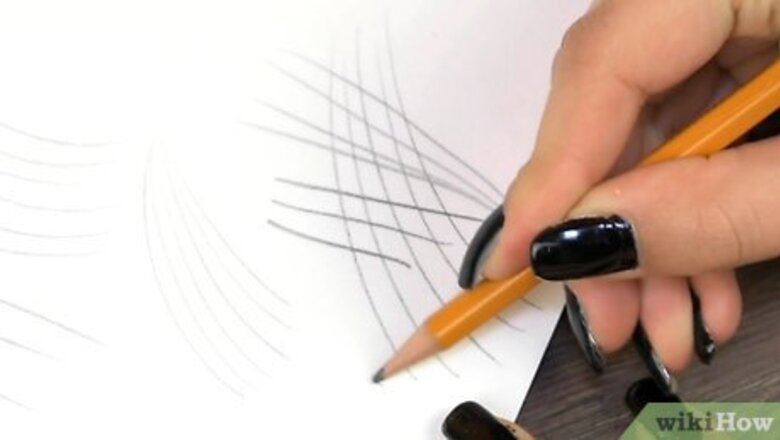
views
Focusing on Fundamentals
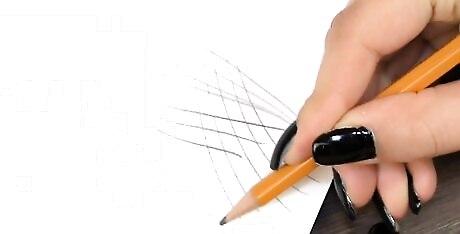
Draw straight lines and curves to improve your basic skills. Use your pen or pencil to draw straight lines on a piece of paper. Practice it over and over to improve your line work. Then, practice drawing clean curves on the paper by turning your hand while you draw to build your drawing control. Make long, fluid lines rather than short and choppy lines. Try drawing shapes as well, such as triangles and circles.Tip: Anytime you have a free moment, pull out a sketchbook and sketch lines and curves to build your fundamental drawing skills.
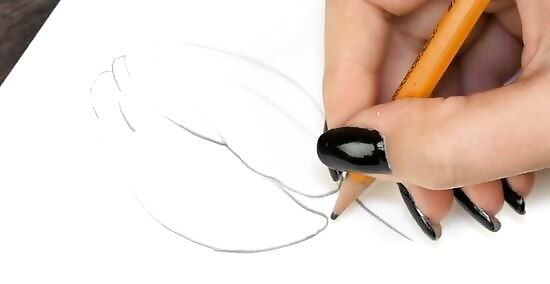
Sketch shapes with different line quality to improve your line work. Line quality refers to the thickness and smoothness of a line. Take a sheet of paper or a notebook and pick a simple design to draw such as a flower or a hexagon. Sketch the shape over and over on the paper and change the line quality each time so you can practice and play around with different approaches. Practicing drawing the same shape with different line qualities can reveal a personal style or method of drawing that suits you.
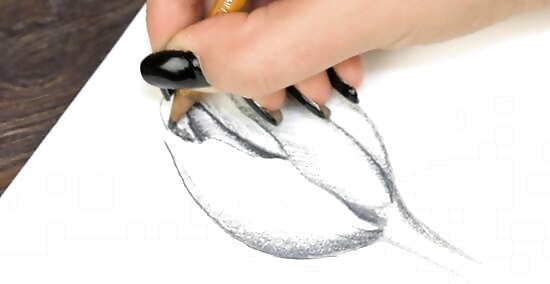
Add shading to your sketches to practice adding depth. Shading refers to adding dark areas to a drawing to make it some more dimensional and realistic. When you’re sketching your lines, curves, and shapes, add some shading to them to lend them some depth. Improving your shading skills will help you when you draw larger pieces. Add short lines or fill in an area to add shading. Think about where the light is shining on the object you’ve drawn so the shading seems natural. Use cross-hatching to add shadows and dimensions to your drawings.
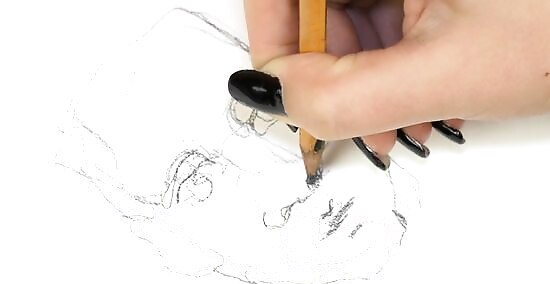
Practice making continuous lines to develop smoother strokes. Make up a simple drawing and use unbroken lines to draw the curves and shapes. Drawing long, unbroken lines, rather than short and choppy lines, will improve your ability to draw smooth and fluid sketches. Make the drawing up as you go and don’t worry about how realistic it looks. For instance, try drawing the image of an aerodynamic car. Draw the curves of the body and the roundness of the wheels, but use singular, unbroken lines to create a smooth image. Getting better at using continuous lines will also improve the speed of your drawing. Add some shading to the drawing as well.
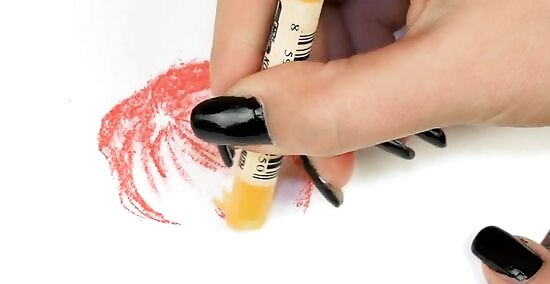
Use different drawing materials to find your preference. Practice drawing with pencils, gel pens, charcoal, markers, and any other type of drawing medium so you can improve your drawing skills and start to develop your style. Draw lines, curves, and simple shapes using different mediums to see which ones you prefer using. Using different mediums can lead to a unique and specific style of drawing that you use. Try different types of paper as well.
Using Drawing Exercises
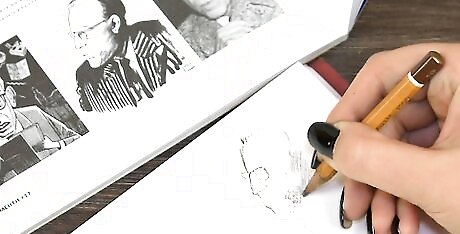
Set a timer for 10 minutes and sketch a photo to force yourself to focus. Take a picture such as a photograph or an image from a magazine and time yourself to see how quickly you can sketch it. The stress of the time constraint will force you to focus on the details of the sketch and will improve your ability to draw quickly. Set a timer for 10 minutes, then draw the same image with a 5-minute time limit. Then, try drawing it for 2 minutes, and then finally, 1 minute. For a real challenge, try giving yourself 10 seconds to sketch a reference image.
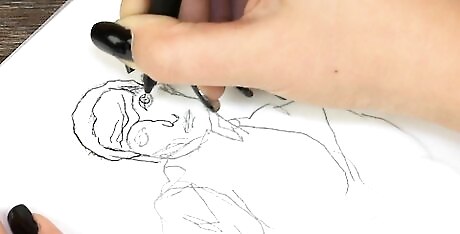
Trace over drawings from artists that you admire to improve your style. Print out a copy of a drawing from an artist with a style that you hope to emulate. Lay a piece of tracing paper over the drawing and trace over it. When you’re finished, put another sheet of tracing paper over the image and trace it again to get better at the line quality that the original artist accomplished. Practice tracing over the image multiple times with new sheets of tracing paper and using different line quality and thickness to vary it up and challenge yourself. Trace over the entire drawing, not just a section, so you can get a feel for how the lines are incorporated to form a larger piece. This practice is invaluable for learning different approaches to drawing, and will have you improving in leaps and bounds.
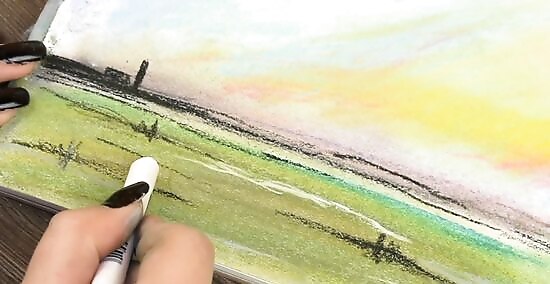
Draw something new to challenge yourself and find your weak areas. Choose a subject that is something that you never attempt to draw to change it up and give yourself something difficult to work on. Push yourself out of your drawing comfort zones so you can identify any weaknesses that you have and improve your overall drawing ability. For instance, if you love to sketch landscapes of the countryside, try sketching someone’s face instead. Drawing something new can also help you get out of a rut if you’ve been struggling to find things to draw. If you do notice that you’re struggling in a certain area, such as line work or capturing a certain detail, work to improve in that area by practicing. Tip: Use different mediums and materials as well. For example, if you normally use charcoal on textured paper, try using a gel pen and sketchbook paper to draw something new.
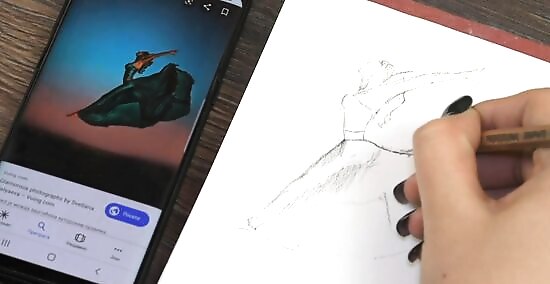
Try to draw an image from memory to improve your attention to detail. Use a visual reference such as a photograph and draw the image as best as you can. Then, put the image and your sketch away and try to recreate the image on a new sheet of paper using only your memory. When you’re finished, compare the 2 images to see what details you missed. The ability to notice and include detail in a drawing is what makes a great artist. Set a 5-minute timer to force yourself to sketch the drawing from memory quickly. Use something simple such as a picture of a shoe or a piece of fruit. You can also try a blind contour drawing exercise—this is when you focus entirely on the subject you're drawing without looking at the paper.
Building Discipline
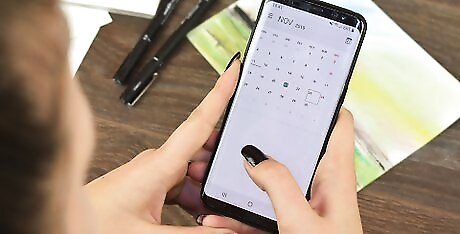
Schedule time to draw so you can practice every day. A simple way to improve your drawing skills and develop the discipline it takes to be an accomplished artist is to practice every single day. Set aside time for a daily practice session where you avoid any distractions and focus on improving your drawing ability. Use the calendar app on your phone or pencil in a time for you to draw on your calendar so you’re committed to a regular practice. Even if it’s only 10 or 15 minutes, make it a daily habit. Put your phone away and put on some calming music to help clear away any distractions. Scheduling your drawing sessions will make it easier for you to plan and set time aside for you to focus on your drawing.
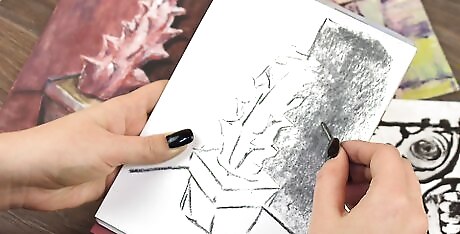
Take a class to keep yourself accountable. A drawing class will help improve your drawing skills by having a teacher that can build up your weaknesses. It will also allow you to work with and watch other people draw, which will improve your observational skills. You’ll also have people to motivate you and keep you accountable to show up and put in the work it takes to improve. Constructive criticism from teachers and other artists will help you improve your ability. Check with your local university or community college to see if they offer drawing courses you can take. Look online for drawing instructors or classes near you that you can join.
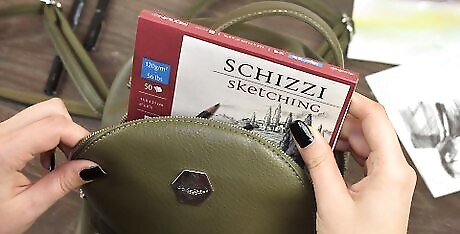
Keep a sketchbook with you and draw in it any free moment you have. Pull out your sketchbook while you’re on the bus or your lunch break and sketch out a quick little drawing. The more often you draw, the more of a habit it becomes, and the more your drawing skills will improve. It takes a lot of practice to improve your drawing ability. Keeping a notebook and a pen or pencil with you at all times allows you to practice almost anywhere.Tip: Draw a still life using the scenery around you so you can work on your attention to detail. For instance, if you’re stuck waiting for the subway, pull out your sketchbook and draw the scene in front of you.



















Comments
0 comment